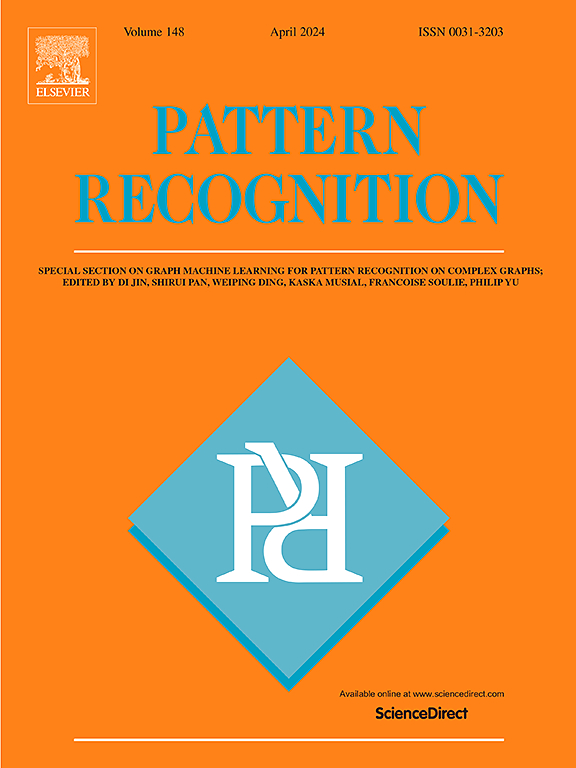Do it yourself dynamic single image super resolution network via ODE
IF 7.5
1区 计算机科学
Q1 COMPUTER SCIENCE, ARTIFICIAL INTELLIGENCE
引用次数: 0
Abstract
Single Image Super Resolution (SISR) aims at characterizing fine-grain information given a low-resolution image. Recent progress shows that SISR can be viewed as a dynamic process that can be modeled using Ordinary Differential Equations (ODEs). As a result, ODE inspired neural network shows superior performance with limited number of parameters, as well as interpretability for network structure. However, the current ODE based approach restricts the neural network structure to a static single-branch residual network, while dynamic structures can adaptively adjust their parameters(or even structures) best suitable for each test image and lead to better SISR performance. To take advantage of ODE and dynamic network structures in both, we introduce the Implicit Runge–Kutta scheme to construct an ODE-inspired multi-branch residual module that serves as a basic module, which is helpful to capture information at different scales. Then, an attention module is applied on the weights of the Implicit Runge–Kutta scheme to obtain a new dynamic network module, which is equivalent to encourage different branch to jointly attend different positions to obtain the best performance. Experiments demonstrate that our approach outperforms state-of-the-art ODE-inspired methods with less or comparable number of parameters.
自己做动态单图像超分辨率网络通过ODE
单幅图像超分辨率(SISR)的目的是在低分辨率图像下描述细颗粒信息。最近的进展表明,SISR可以被视为一个动态过程,可以使用常微分方程(ode)来建模。结果表明,ODE启发的神经网络在参数数量有限的情况下表现出优越的性能,并且具有网络结构的可解释性。然而,目前基于ODE的方法将神经网络结构限制为静态的单分支残差网络,而动态结构可以自适应地调整最适合每个测试图像的参数(甚至结构),从而获得更好的SISR性能。为了充分利用ODE和动态网络结构的优点,我们引入隐式龙格-库塔方案,构建了一个受ODE启发的多分支残差模块作为基本模块,有助于捕获不同尺度的信息。然后,在隐式Runge-Kutta方案的权值上加入一个关注模块,得到一个新的动态网络模块,相当于鼓励不同分支共同参加不同的位置,以获得最佳性能。实验表明,我们的方法优于最先进的ode启发方法,具有更少或相当数量的参数。
本文章由计算机程序翻译,如有差异,请以英文原文为准。
求助全文
约1分钟内获得全文
求助全文
来源期刊

Pattern Recognition
工程技术-工程:电子与电气
CiteScore
14.40
自引率
16.20%
发文量
683
审稿时长
5.6 months
期刊介绍:
The field of Pattern Recognition is both mature and rapidly evolving, playing a crucial role in various related fields such as computer vision, image processing, text analysis, and neural networks. It closely intersects with machine learning and is being applied in emerging areas like biometrics, bioinformatics, multimedia data analysis, and data science. The journal Pattern Recognition, established half a century ago during the early days of computer science, has since grown significantly in scope and influence.
 求助内容:
求助内容: 应助结果提醒方式:
应助结果提醒方式:


